The capital of Spain’s Andalusia region, Seville is a food-lover’s paradise filled with tiny tapas bars and magnificent historical buildings. There’s something truly magical about this city with its narrow winding streets lined with leafy orange trees.
If you’re planning a Seville itinerary, I recommend spending at least 3 days in Seville to soak up the city’s rich history and to eat as many tapas as possible.
Highlights of any visit to the city include the city’s Royal Alcázar, a Moorish palace that was converted to a royal residence in the middle ages, along with the world’s largest gothic Cathedral.
The city has so much more to offer, however, with its friendly neighborhood bars and world-class food. It is also a reasonably affordable place to visit and a great destination if you’re on a budget.
I first visited Seville in March 2020 when the trees were laden with fragrant oranges. My husband Daniel and I fell in love with this charming city and its incredible food. Unfortunately our visit was cut short due to the novel Coronavirus pandemic sweeping Europe, so we returned in 2022 for a do-over.
This time we spend 3 full weeks exploring the city and sampling the best tapas in Seville before heading to Cadiz and Jerez de la Frontera to explore the Sherry Triangle.
Since most visitors to Seville can’t spend 3 weeks there, I put together this Seville 3-day itinerary to introduce you to all my favorite things the city has to offer.
Table of Contents
Itinerary for Seville At-A-Glance
- First Day: Begin your visit at the historic Royal Alcázar of Seville and spend the afternoon exploring Barrio Santa Cruz. Visit a couple of classic tapas bars and end the day at a Flamenco show.
- Second Day: Begin the morning with a stroll along Plaza de España and the lovely Parque de MarÃa Luisa. Then take a tour of Europe’s largest gothic cathedral and wander through some classic Roman ruins just outside of town. End the day with a tapas & sherry tour.
- Third Day: Start the day with a ramble along the riverfront and climb up the Torre del Orro. Then cross the river to sample the wares at the Mercado de Triana. After a tour of Seville’s famous bull-fighting ring, finish the day with a spectacular sunset from Las Setas (the Metropol Parasol)
Seville Itinerary Map
The following map includes all the locations discussed in this Seville itinerary.
Preparing for a Visit to Seville
When to Go
Spring and fall are the best times to visit Seville. February and March is especially nice when the oranges blossom on the trees lining the city’s streets.
Avoid the summers if you can as daily temperatures average a sweltering 96 F (35.5 C) in July and August. Much of the city’s residents abandon Seville during the summer for the cooler climates along the coast.
Be aware that the region can occasionally suffer from a weather condition known as la calima. This is a weather event in which wind blows dust and sand to the continent from the Saharan desert. It’s essentially a kind of sandstorm and, fortunately, only typically happens a couple of times each year.
What to Bring
Here’s a few ideas of what to bring along while you explore the city or surrounding area each day. This is not a complete list, but it will get you started as you think about what to pack.
- Sturdy walking shoes – While some people get by with flip-flops or sandals in Seville, I wear sturdy walking shoes when I’m sightseeing. I prefer the Altra Timp trail running shoe both in the city and on the trail.
- Camera – I love taking photos and always bring a camera along. I use the Canon PowerShot G7X Mark III because it is lightweight yet has many advanced features.
- External battery – I always bring along an external battery & charging cord so I’m not left stranded in case my phone dies.
- Sun hat – Protect your face (and scalp) with a broad sun hat. This sun hat is great because it has a wide brim and no back so it doesn’t bump into my backpack. Or you could shop for a cute straw hat after you arrive in Spain.
- Sunglasses & Sunscreen – Apply sunscreen before leaving your lodging and bring some along in case you need to reapply. I like these Banana Boat 1-oz tubes of sunscreen because they are super tiny and hardly take up any room in my bag.
- Water – Water is readily available in Spain and safe to drink. I like to bring a water bottle and fill it from the city’s fountains as I go.
Day One: The Royal Alcázar and Barrio Santa Cruz
Royal Alcázar of Seville
- Hours: November-March 9:30 am to 5:00 pm (closing at 6:00 pm)/April-October 9:30 am to 7:00 pm (closing 8:00 pm)
- Cost: €14.50 for adults/€1 for children aged 13 and under / Free Entry on Mondays last hour
- Location: enter via the Puerta de León (crimson gate)
There’s no better place to begin your tour of the city than at the Royal Alcázar of Seville. These opulent buildings got their start as a Moorish fortress and palace in the Early Middle Ages.
After the Christian reconquest of Seville in 1248, however, the palace was converted to a royal residence. While various architectural changes were made to suit its new occupants, the Moorish origins of the palace are clearly visible.
One of compound’s highlights is the Mudéjar palace. This stunning building was constructed in 1366 by King Pedro I and features intricate decorations typically found in Islamic art. This is because Moorish workmen were hired to build the palace and to incorporate their craftsmanship into the building’s construction.
Another highlight of the Alcázar is it’s extensive gardens. You can spend hours wandering among the trees and exploring the hedge maze. If the gardens look vaguely familiar, it may be because several scenes from the acclaimed HBO series Game of Thrones were shot here.
Before visiting the Alcázar, be sure to buy tickets in advance online. If you’re on a budget, consider visiting the Alcázar on Monday afternoons when the entry price is free.
Lunch at Casa Morales
- Hours: 12:00 pm to 4:00 pm/8:00 pm to midnight
- Cost: Inexpensive
- Location: C. GarcÃa de Vinuesa, 11, 41001 Sevilla, Spain
For a real taste of Andalusian bar food, head to Casa Morales. This family-run tavern is famous for its traditional tapas, sherry and Spanish wines. The fare is simple but tasty and provides a great introduction to Seville’s incredible food scene.
Casa Morales has two separate rooms: one bar is accessed via a storefront on C. GarcÃa de Vinuesa Street and the back bar is located around the corner. Head to the back for a unique dining experience in a room crammed with tables and old wine casks.
The bar serves the usual selection of Spanish cheeses and cured meats, along with my personal favorite: tortilla de patata.
Casa Morales is well-loved by locals and tourists alike so expect a crowd (especially in the evenings). I recommend arriving right when the bar opens to ensure you can snag a table.
Archivo General de Indias
- Hours: Tuesday to Saturday 9:30 am to 4:30 pm/Sundays 10 am to 1:30 pm/Closed on Mondays
- Cost: Free
- Location: Av. de la Constitución, s/n, 41004 Sevilla, Spain
Archivo General de Indias (General Archive of the Indies) is a grand structure in the center of old town that houses a wealth of archival documents dating back to the Spanish Empire. Constructed from 1584 to 1629 in the Renaissance style, the building is registered as a UNESCO heritage site (together with the Seville Cathedral and the Royal Alcázar).
After the building’s construction, it was used primarily as a trading center where goods such as spices and gold from the colonies were exchanged by merchants. Later, it was converted to an archive in order to store documents relating to Spanish overseas possessions during the Age of Discovery.
Various documents inside the building include Magellan’s expedition reports along with Christopher Columbus’s navigation documents and journals. While most of these items are not accessible to ordinary visitors, the are some interesting exhibits about ship navigation open to the public.
Wander the Streets of Barrio Santa Cruz
- Hours: 24/7
- Cost: Free
- Location: Barrio Santa Cruz is bordered by the Cathedral, the Alcázar & C. San José/C. Sta. MarÃa la Blanca
After you’ve finished touring the Archives, spend some time exploring the narrow winding streets of Seville’s famous Barrio Santa Cruz. This neighborhood is located in what used to be the city’s Jewish Quarter. Now the district is a maze of pedestrian cobble-stoned streets that features hidden courtyards, delightful cafés and lots of shopping opportunities.
The whitewashed buildings lining these ancient alleys lean so close together that they almost seem to touch. This helps to keep the temperatures down during hot summer months by providing lots of shade.
To best enjoy the Barrio Santa Cruz, pull up a chair an at outdoor café on a sunny afternoon and spend some time watching the world going by.
Flamenco Show at Casa de Flamenco
- Hours: Typically 2 showings a night at 7:00 pm and 8:30 pm
- Cost: Adults €20/ Students €15 / Children €10
- Location: C. Ximénez de Enciso, 28
While you’re in Andalusia, be sure to take the opportunity to see a Flamenco show. This traditional art form originates from Jerez de la Frontera in southern Spain and combines complex guitar music with passionate dancing and singing.
I’d never seen a Flamenco show before so I wasn’t sure what to expect. The tocaor (guitar player) began first. His hands flew all over the instrument and plucked out incredibly intricate melodies.
Two cantaors (singers) sat next to him and took turns singing each tune. I couldn’t understand the lyrics, but the singing was so raw and intense that I was surprised they had voices by the end of the performance. They also clapped complicated rhythms to accompany the guitar music.
And then El baile flamenco (the Flamenco dancing)! There was a male and female dancer at our performance. There was a lot of stomping and clamping and snapping and twirling. I loved the traditional flamenco dresses and was delighted that the female performer changed into several different outfits throughout the evening.
Casa de Flamenco features an intimate setting where the audience is only inches away from the performers. It’s also conveniently located in the Barrio Santa Cruz neighborhood.
Tapas at Café Bar Las Teresas
- Hours: 10:00 am to midnight
- Cost: Inexpensive
- Location: C. Sta. Teresa, 2
Las Teresas is another great example of a traditional tapas bar. Located only few minutes walk away from Casa de Flamenco, the bar is situated on a quaint cobblestoned street in the middle of Barrio Santa Cruz.
Dating back to 1870, the restaurant serves all the classics in a traditional setting. I’ve been there several times and have consistently enjoyed the food on every visit.
Be sure to try the mallorcan sobrassada (sausage) or the espinacas con garbonzos (spinach with garbanzo beans).
Day Two: Plaza de España, Seville Cathedral and Italica
Plaza de España & Parque de MarÃa Luisa
- Hours: 8:00 am to 10:00 pm
- Cost: Free
- Location: Av. Isabel la Católica
The Plaza de España is a stunning palace and plaza that was created in 1929 for the Ibero-American Expo. The plaza features picturesque canal running along its entire length complete with boat rentals for a truly romantic experience.
The location is a favorite with cinematographers and has been featured in several movies such as Lawrence of Arabia and Star Wars Episode II: Attack of the Clones.
Be sure to get here first thing in the day to enjoy the morning light and avoid the crowds.
The plaza is located in the middle of Parque de MarÃa Luisa, a lovely park with shaded paths and many secret fountains and gardens. It is a pleasant place to go for a stroll and escape the heat.
If you are so inclined, you can hire a 2-person bicycle to pedal yourself (and a companion) around the park.
Seville Cathedral and Giralda Tower
- Hours: Monday to Saturday: 10:45 am – 5:00 pm / Sunday: 2:30 pm – 6:00 pm
- Cost: €11 online/€12 at the door
- Location: Av. Isabel la Católica
By this point in your Seville itinerary, you’ve already seen the city’s largest building and focal point: the Seville Cathedral. As the world’s largest gothic cathedral, it’s hard to miss.
A mosque was previously located where the cathedral sits today. As typically happened during the reconquest of Spain, the mosque was destroyed and a magnificent cathedral was built in its place. This construction took place from 1434 to 1506 (with work continuing later after areas collapsed).
The only section of the mosque that still remains is the Giralda Tower. This former minaret was converted into a bell tower in the 16th century.
One of the highlights of the Seville Cathedral is the tomb of Christopher Columbus. This ornate casket is held aloft by four figures representing the four kingdoms of Spain during Columbus’ life: Castille, Aragon, Navara, and Leon. Ferdinand III of Castile, the monarch responsible for the reconquest of Spain, is also buried in the cathedral.
Be sure to climb the Giralda tower after touring the cathedral for amazing views of the city.
Lunch at Petit Comité
- Hours: Open daily for lunch from 1:00 pm to 6:00 pm
- Cost: Expensive
- Location:Â C. Dos de Mayo, 30
If you’re ready for Spanish cuisine with a more modern twist, head to La Petit Comité. This local favorite presents Spanish dishes with a French flare in a more upscale environment. Expect white tablecloths and incredible food in a dining room filled with locals on a business lunch.
I had no idea what to expect when we wandered in the door one afternoon, but I was completely blown away. The food is incredible and I thoroughly enjoyed every dish we tried.
Reservations recommended (although we walked right in and lucked into a table). The restaurant is located a 4-minute walk away from the Cathedral near the river.
Itálica Roman Ruins
- Hours: opens at 9:00 am (check the official web site for closing times). Closed Mondays.
- Cost: €1.50 (free for residents of the EU)
- Location: Av. Extremadura, 2, 41970 Santiponce
Itálica is an unusually well-preserved Roman city located about 20 minutes from Seville in the village of Santiponce. Originally founded in 206 BC, the settlement was the first Roman city located outside of Italy.
The ruins include a sizeable arena which was the 3rd largest amphitheater in the Roman empire at the time of its construction. This arena was featured in the Game of Thrones television series as the Well of Dragons in the fictional city of Desembarco del Rey.
Several famous Roman leaders were born in Itálica, including Trajan, Hadrian, and possibly even Theodosius.
Bus # 1722 runs hourly between Plaza De Armas in Seville and Santiponce. You can also hire a taxi or a private ride through an app like Uber or Pide Taxi.
Dinner at La Bartola (Or a Sherry & Tapas Tour)
- Hours: Monday to Friday from 12:00 pm to 12:00 am
- Cost: Moderate
- Location: C. San José, 24
If you’re a foodie or just looking to get better acquainted with the local food scene, I recommend taking a sherry & tapas tour a this point in your Seville itinerary. Daniel and I booked a tour on our first visit to Seville and really enjoyed learning more about Sevillian food from a local’s perspective.
But if food tours aren’t your thing, consider heading to La Bartola in the Barrio Santa Cruz. This cozy neighborhood bar presents classic dishes with more modern flare – plus a few you wouldn’t expect.
My personal favorite was a sensational burrata salad topped with nuts and dried fruit and a dollop of burrata cheese. I liked it so much that I came back and ate it a second time!
Day Three: Riverwalk, Bull Fighting & Las Setas
Torre Del Oro & Nao Victoria
- Hours: 9:30 am to 6:00 pm Mon-Fri / 10:30 am to 6:00 pm on weekends
- Cost: €3 (free on Mondays)
- Location: Paseo de Cristóbal Colón
If you haven’t yet encountered the riverfront during your 3 days in Seville, be sure to check it out on your last day. The Canal de Alfonso XIII is situated near the heart of the city and is a lovely place to go for a stroll.
The Torre del Oro is located directly on the riverfront and was constructed in the 13th century to guard the city from invaders. Today you can climb to the top of the tower for great views of the city (and the Cathedral). A small museum is located inside and provides more information about Seville’s maritime history.
You can also tour the Nao Victoria, a replica of the ship Magellan used to sail around the world from 1519-1522. This boat is moored along the waterfront a few minutes walk from the Torre del Oro.
Mercado de Triana
- Hours: 8:00 am to 6:00 pm Monday to Saturday / 9:00 am to 6:00 pm on Sundays
- Cost:Â entrance is free
- Location:Â C. San Jorge, 6
After climbing the Torre del Oro, head across the Puente de Isabel II bridge (also known as the Puente de Triana) to the the Mercado de Triana. This neighborhood market is open daily and hosts a variety of food stalls featuring the city’s best local foods.
At the Mercado de Triana, you can find everything from fresh vegetables and fruits to seafood and cured hams. Be sure to come hungry and grab a chair at a local stall for a tasty snack.
Lunch at La Brunilda Tapas
- Hours: 1:30 pm to 4:30 pm for lunch / 8:30 pm to 11:30 pm for dinner
- Cost: Moderate
- Location: C. Galera, 5
If you’re ready for more upscale Spanish fusion cuisine, then La Brunilda is for you. This restaurant serves modern takes on classic tapas dishes in a comfortable environment.
It’s also located conveniently near the next destination on our itinerary: the bullfighting ring.
Reservations are recommended.
Plaza de Toros
- Hours: 9:30 am to 7:30 pm daily
- Cost: €10/ €6 for children, retirees & students
- Location: P.º de Cristóbal Colón, 12
Bullfighting has been practiced for centuries in Spain and in fact traces its roots to Roman gladiator games. Today the art of bullfighting is a cross between a physical sport and a performative artform with much pageantry and fanfare.
During a bullfight, the matador enters into the arena engages in a physical contest with a large bull until it is eventually killed. In rare occasions, the bull is spared and is allowed to live out its life at pasture. It is a hazardous sport and sometimes results in injury or even death for the matador. It has also been banned in many regions around the world out of concern for the animals’ welfare.
I’ll be honest – I’ve never seen a bullfight and I don’t think I ever will. I don’t think I could stomach watching a bull being killed for sport – especially after watching the delightful children’s movie Ferdinand. This is no judgement on people who do enjoy watching bullfighting, it’s just not for me.
That being said, I do quite enjoy the pageantry (and the magnificent outfits!!) associated with bullfighting.
The bullring of Real Maestranza de CaballerÃa de Sevilla is one of the biggest ones in Spain. The arena is open daily and offers tours of the bullring along with their extensive museums. Here, you can learn all about the sport’s rich history and see some really fabulous historical costumes on display.
Sala Antiquarium
- Hours: 10:00 am to 8:00 pm Tuesday to Saturday / 10:00 am to 2:00 pm on Sundays / Closed on Mondays
- Cost: €2 (residents and children under 16 are free)
- Location: Pl. de la Encarnación, 37 located underneath Las Setas
Sala Antiquarium is an archeological museum located underneath the famous Las Setas (Metropol Parasol) installation in Plaza Encarnacion. This subterranean space features important Roman, Visigoth and Islamic remains that were discovered when the area was excavated to build a parking lot in 2003.
The entire area is enclosed by glass so it is easily visible to passersby. For a closer look, head inside to see the remains of several houses with interesting mosaic floors. The venue also hosts art exhibits and events.
While the museum technically costs €2 for non-residents, no one was at the entrance when we visited so we just walked right in.
Sunset at Las Setas (Metropol Parasol)
- Hours: 9:30 am to midnight (winter) / 9:30 am to 12:30 am (summer)
- Cost: €5 daytime / €8 sunset / €10 night / children 5 & under and residents are free
- Location: Pl. de la Encarnación
There’s no better way to finish your visit to Seville than by catching the sunset at the Metropol Parasol. The installation is also commonly known as Las Setas (which means the mushrooms in Spanish).
This distinctive monument consists of huge waffle-type wooden structures that are linked together to form an enormous flowing mass. It is so large, in fact, that it is the world’s largest timber-framed structure.
While Las Setas is impressive from below, it is even better when viewed from the top. A walkway leads around the top of the entire sculpture and provides an up-close look at the monument’s construction.
And the views!
The 360 degree views of the entire city are unparalleled. Las Setas is one of the absolute best places to watch the sunset in Seville.
Another advantage of going up at sunset is that you’ll also catch an incredible light show as soon as it gets dark. The entire installation is covered with a maze of lights that illuminate in intricate patterns.
Tapas at El Rinconcillo
- Hours: 1:00 to 5:00 pm for lunch / 8:00 pm to midnight for dinner
- Cost: Inexpensive
- Location:Â C. Gerona, 40
Before leaving Seville, be sure to stop by one of the city’s most famous bars – El Rinconcillo.
Originally established in 1670 (yes, you read that right!), El Rinconcillo is Seville’s oldest continuously operated bar. And it’s still in it’s original location!
If your after tapas, head to the bar and be prepared to squeeze into a tiny space with lots of other people. If you plan on eating an entire meal with larger plates, you can grab a table in the restaurant.
Like this article? Pin it!
Note: This post contains affiliate links, which means I may receive a commission if you click a link and purchase something. While clicking these links won’t cost you anything, they will help me to keep this site up and running!

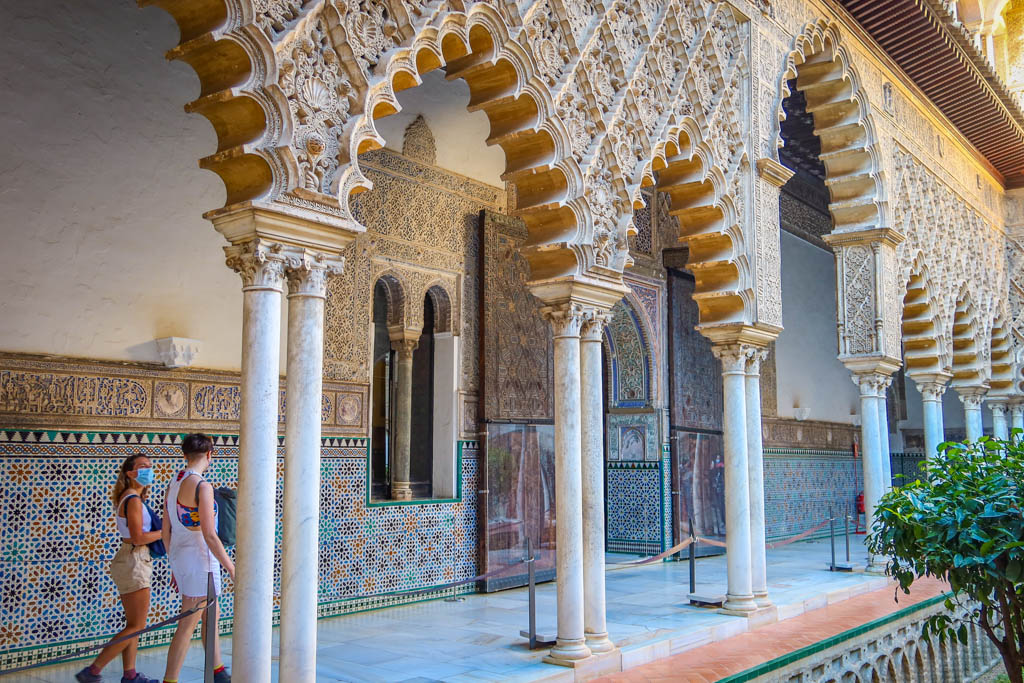
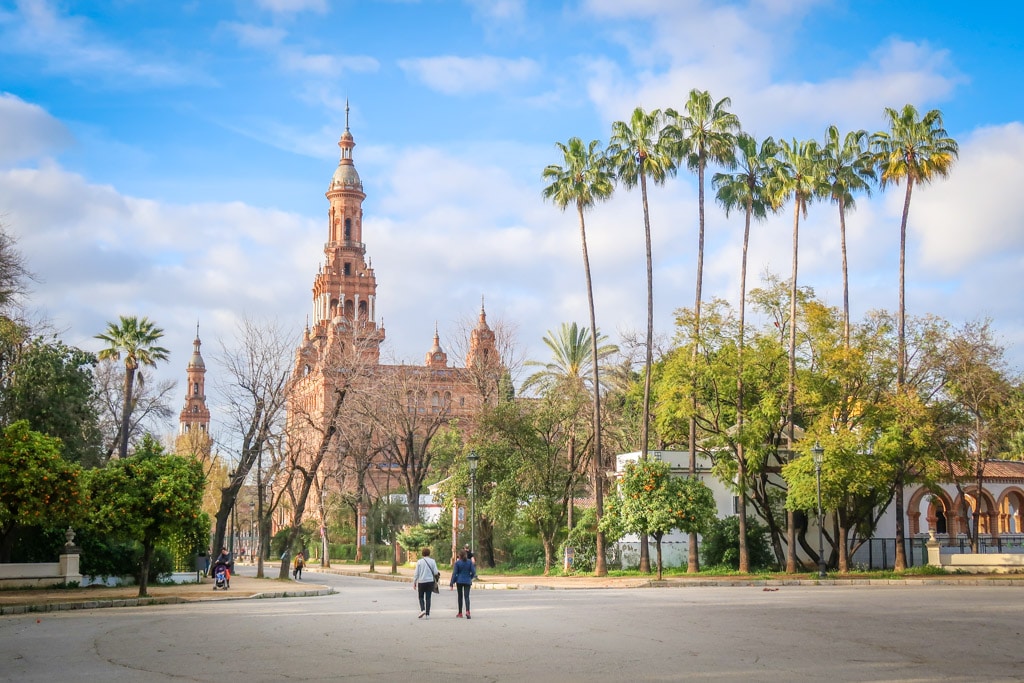

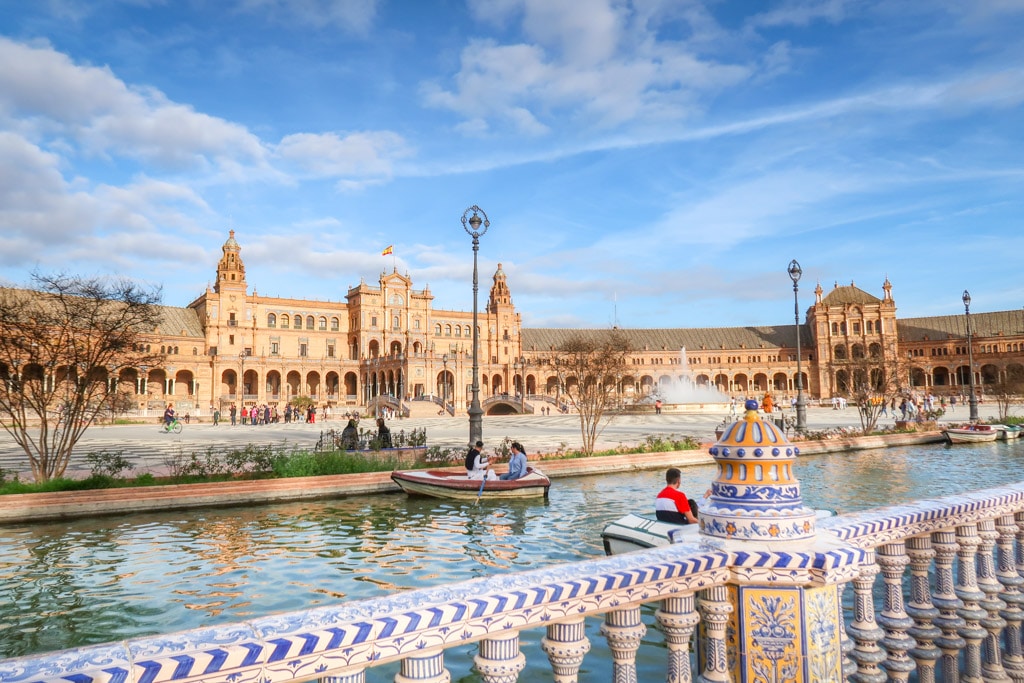
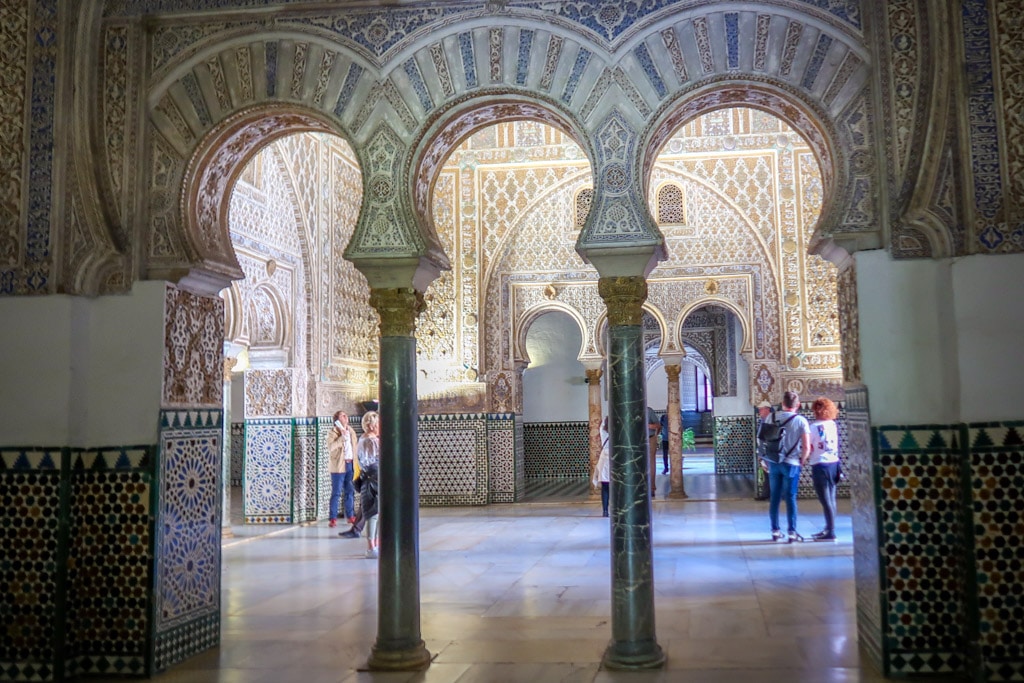


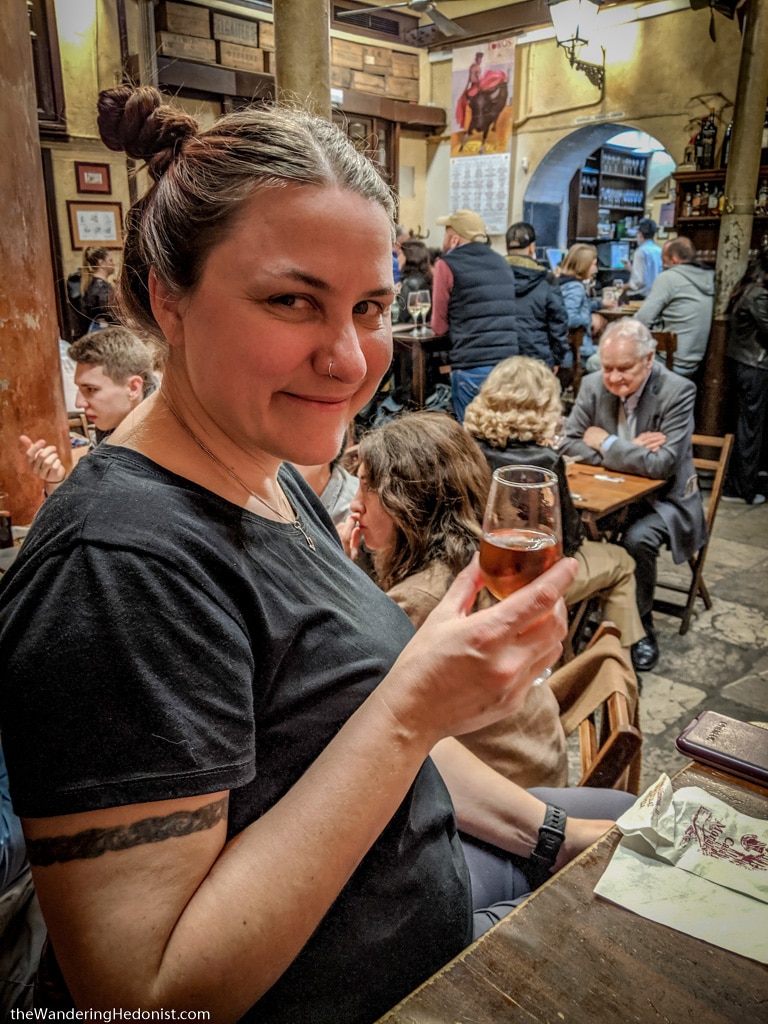



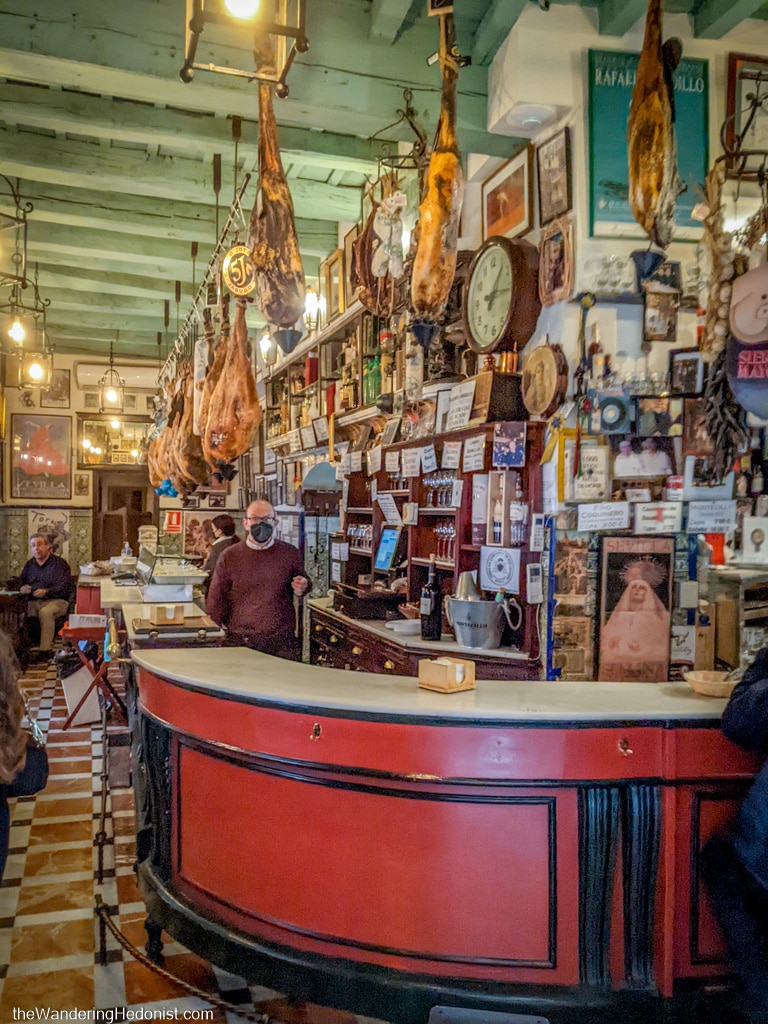
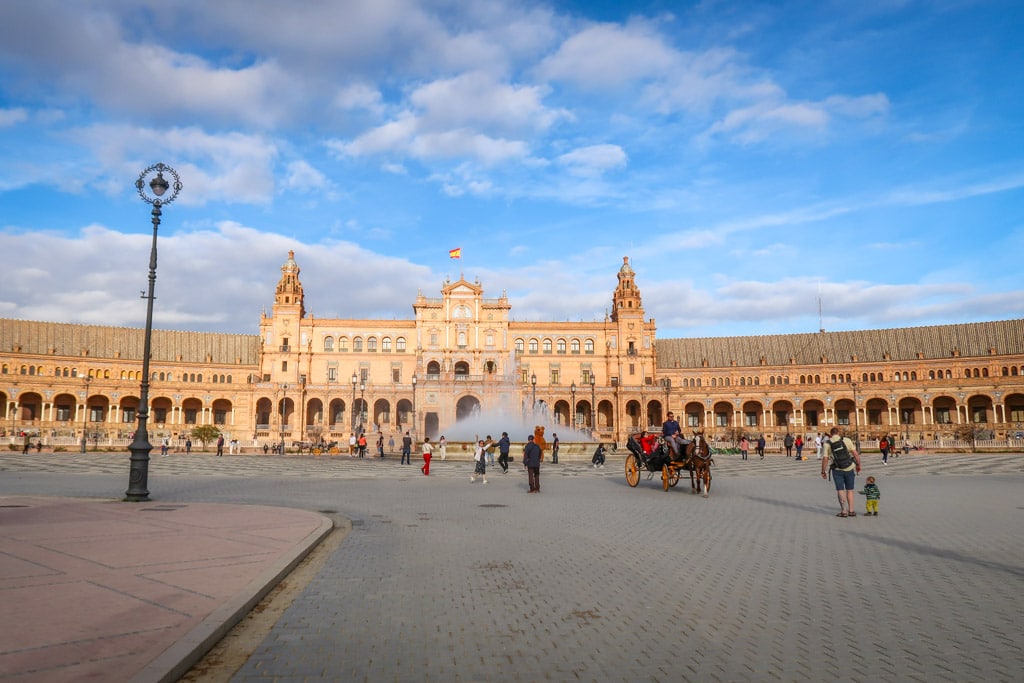
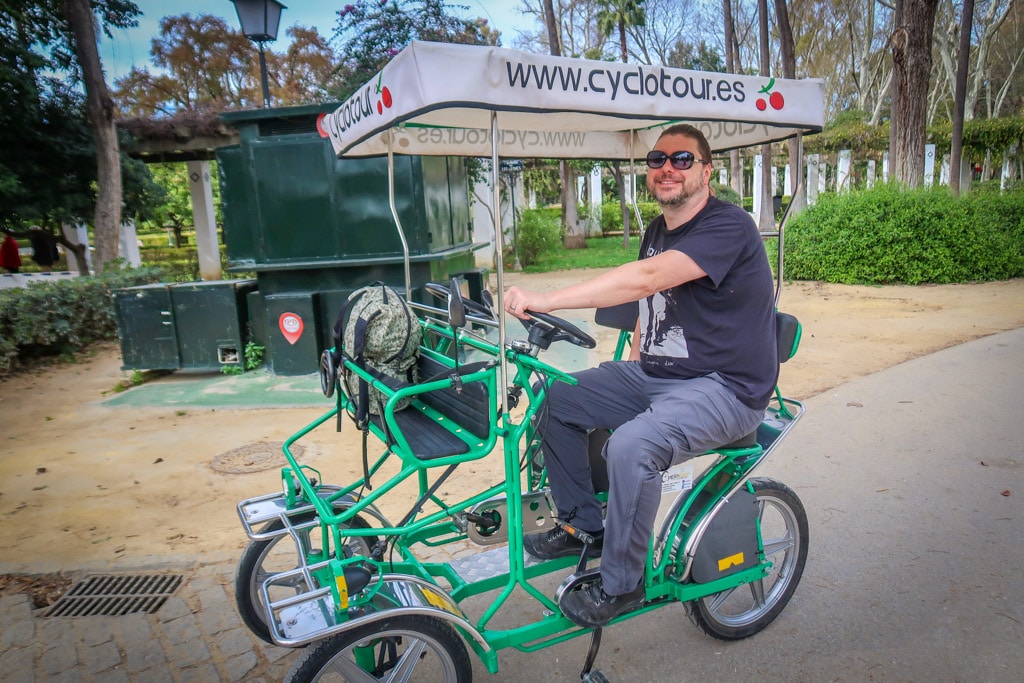
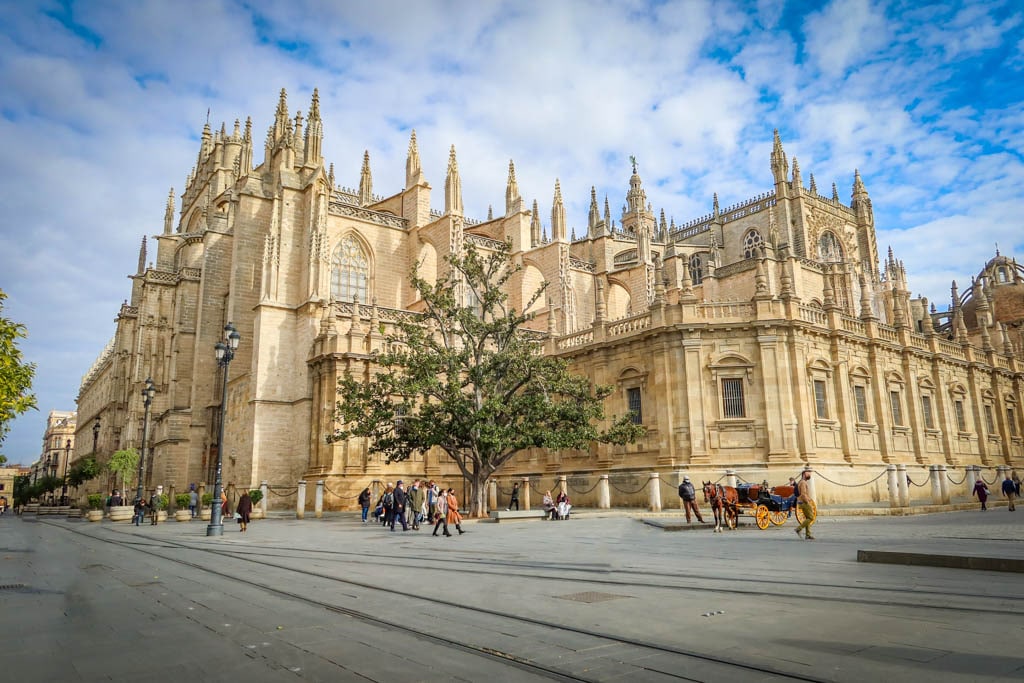
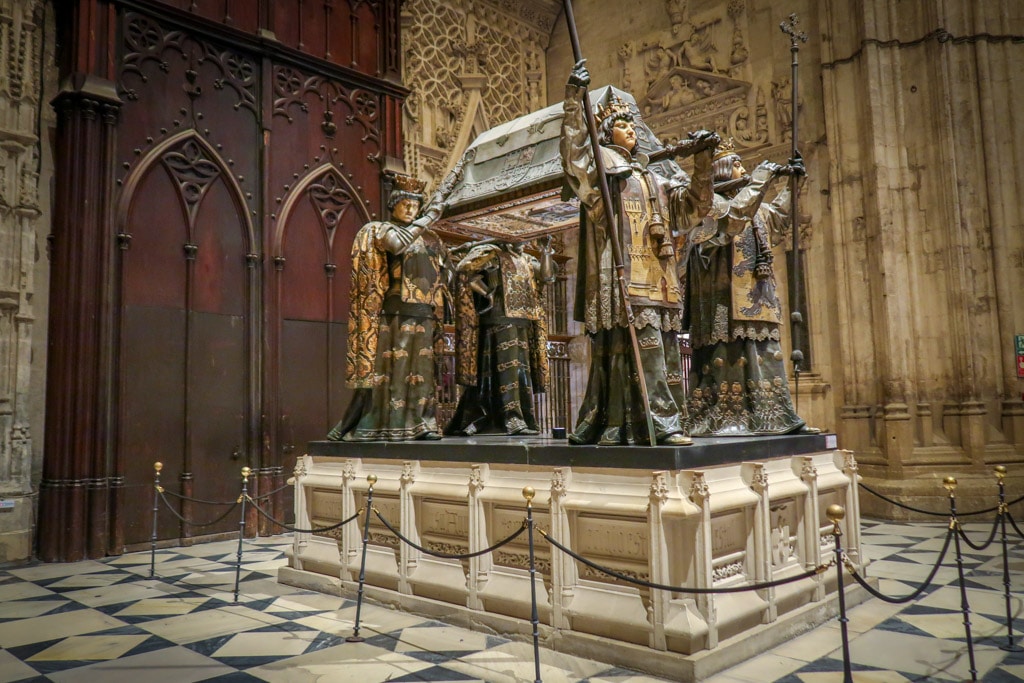

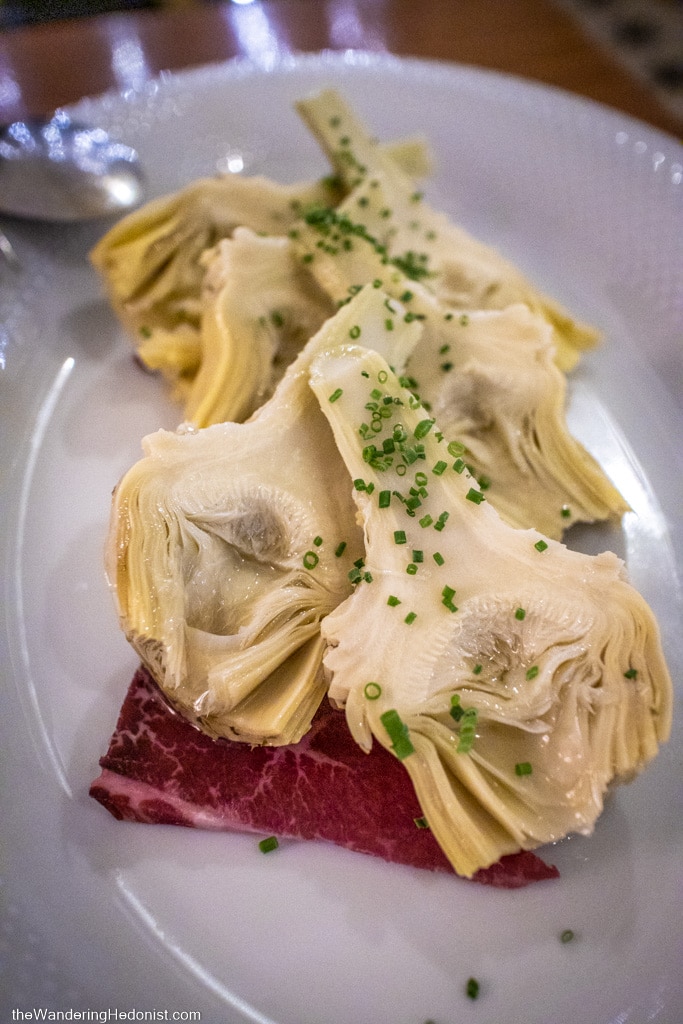
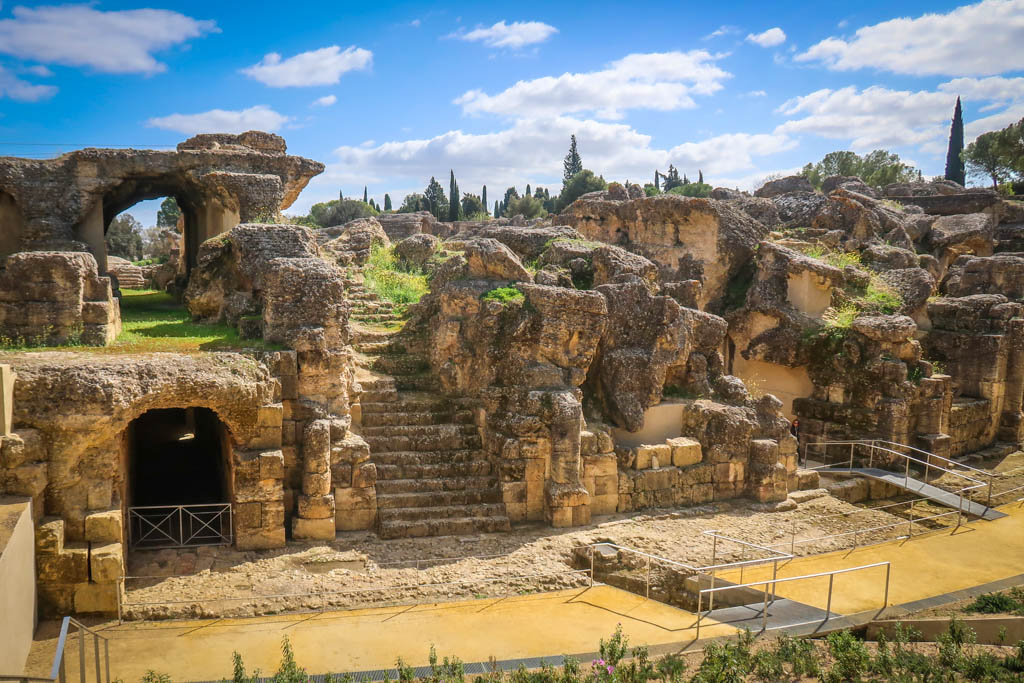
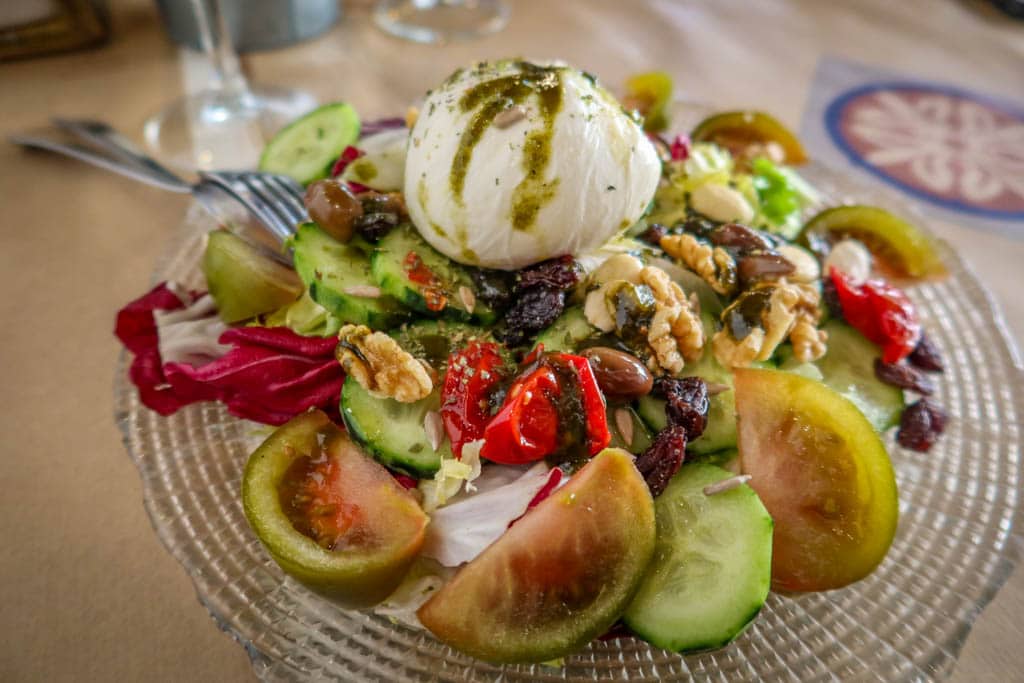
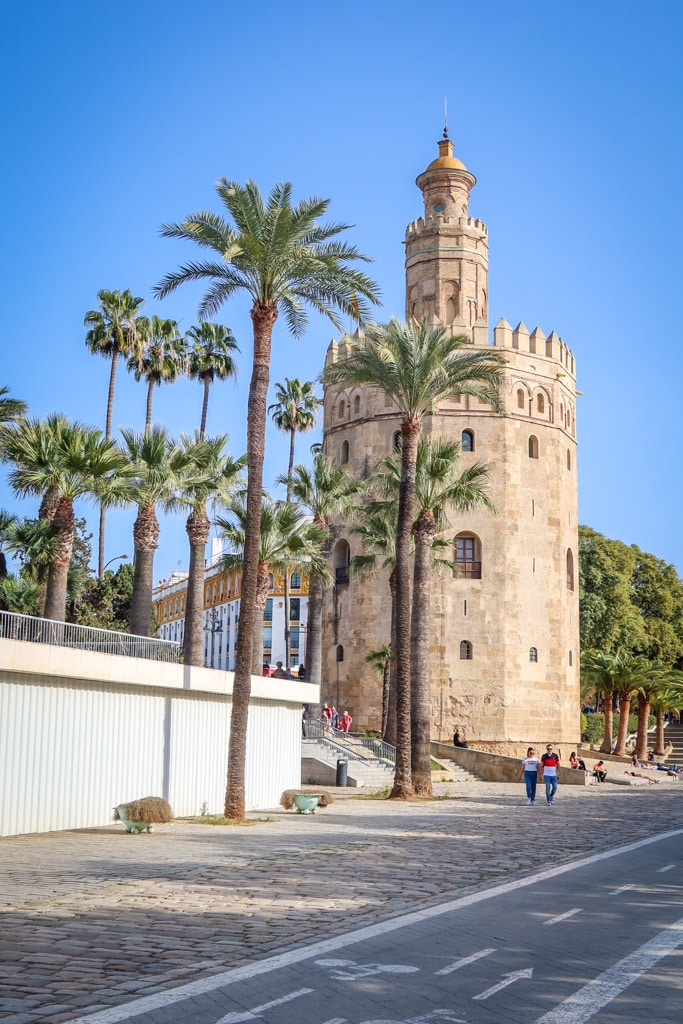
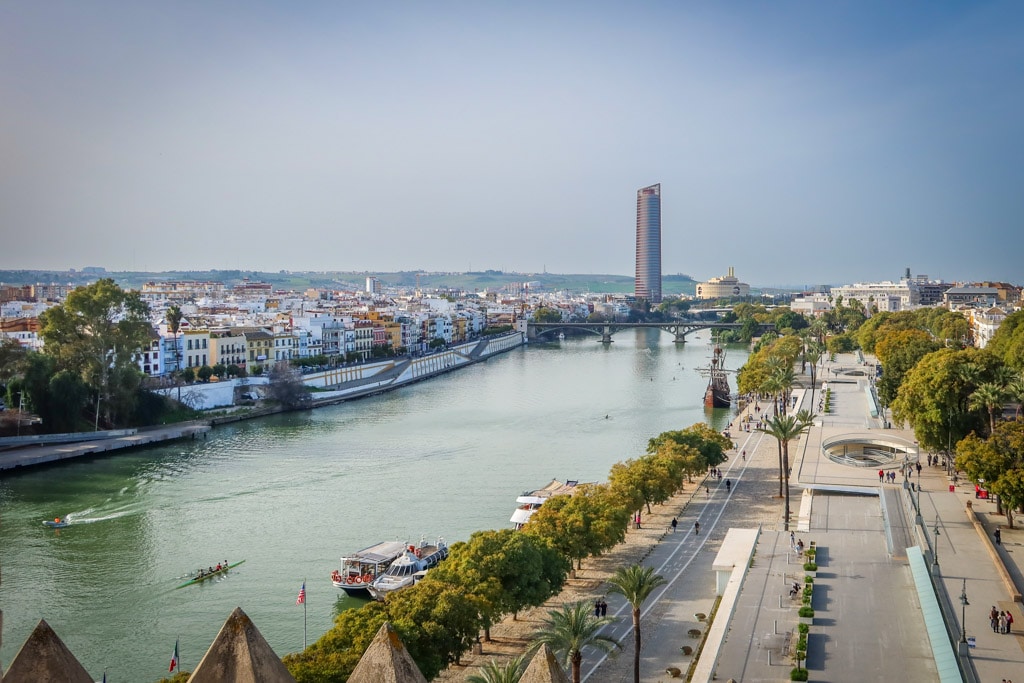
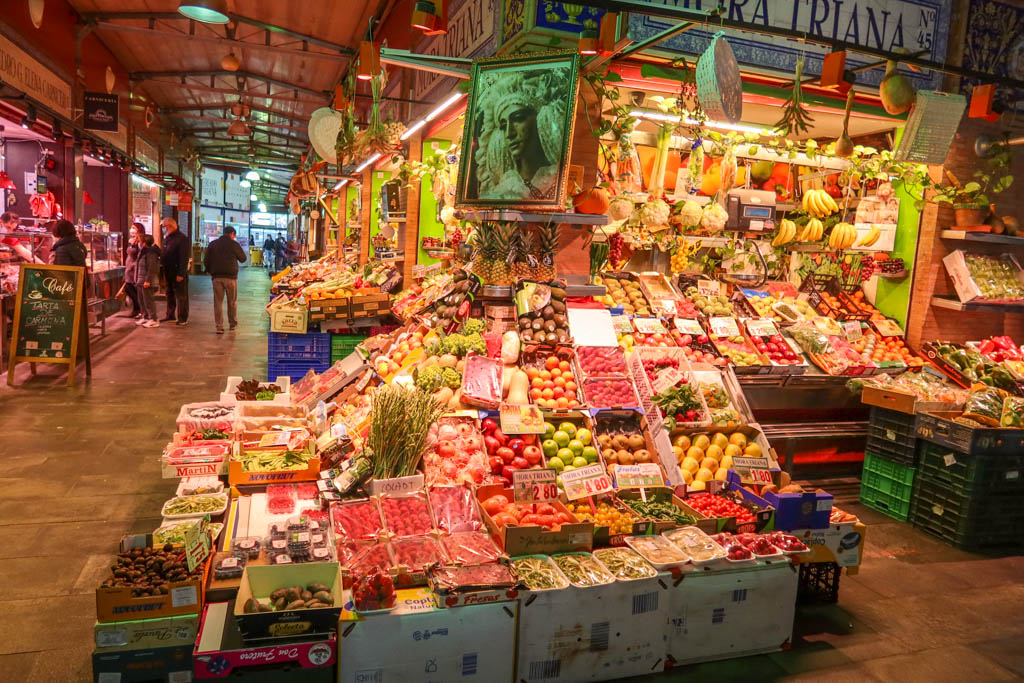

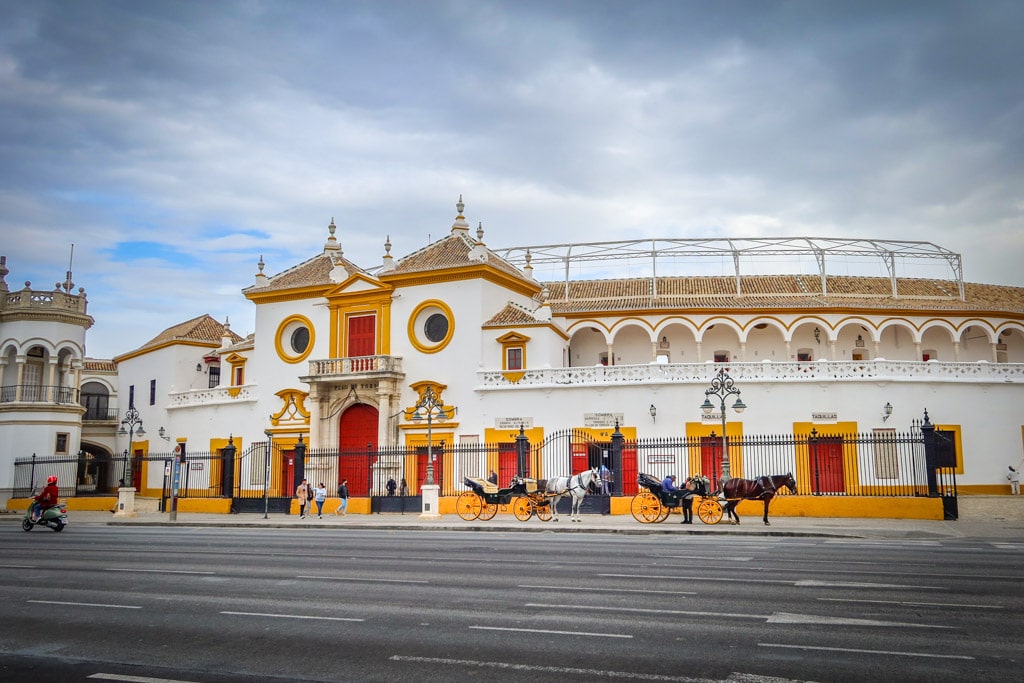
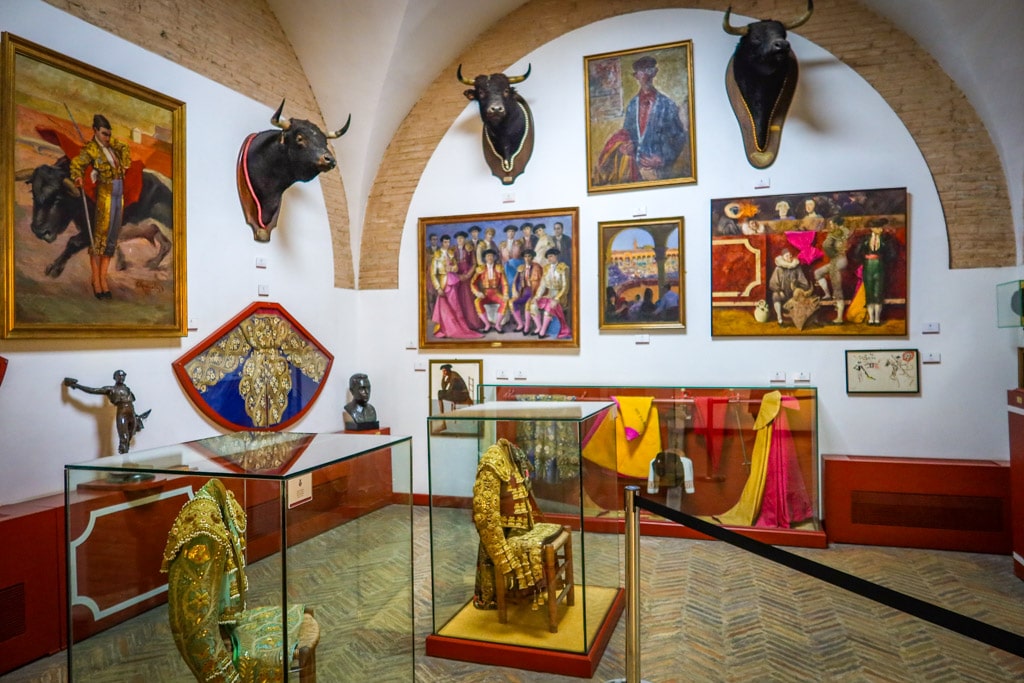
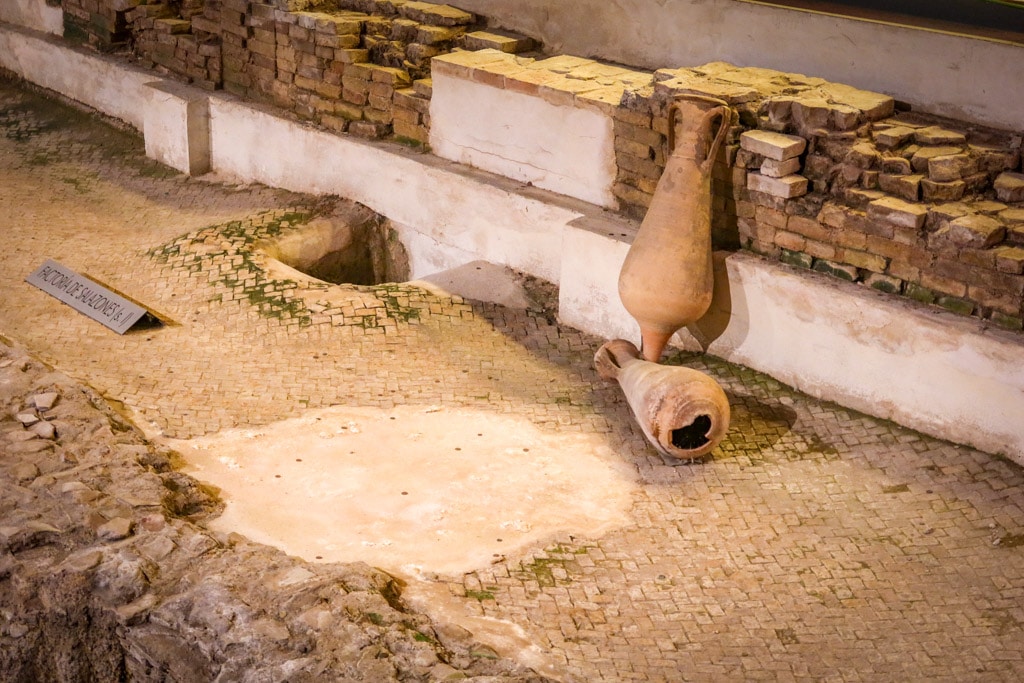
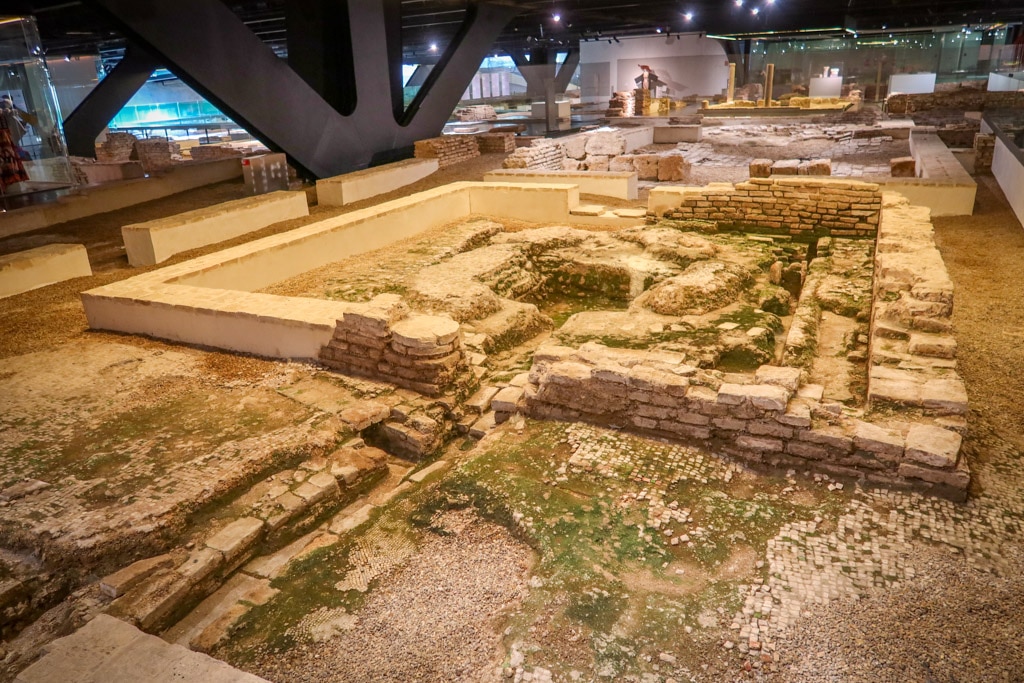
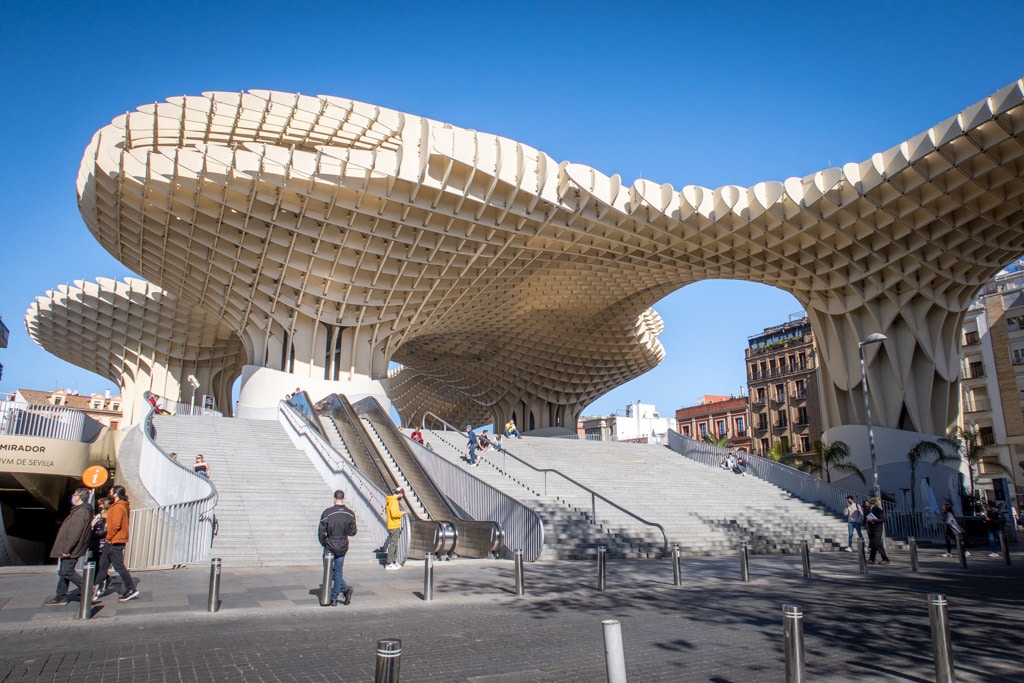
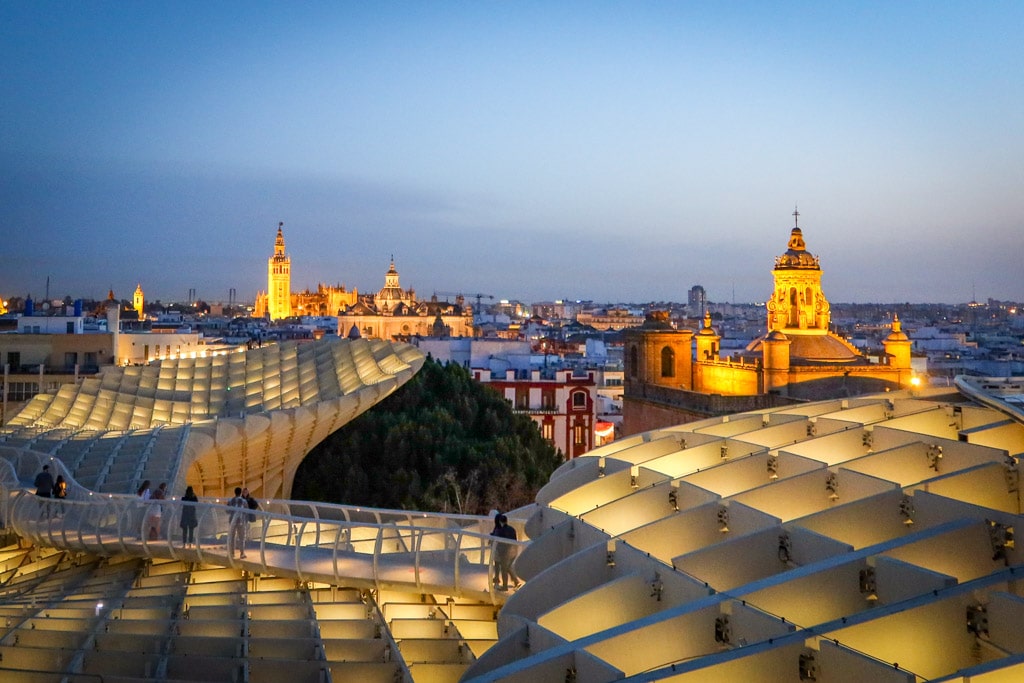


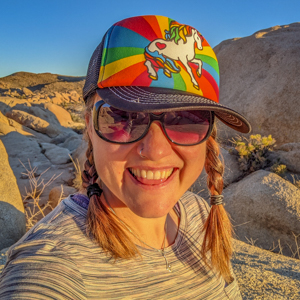
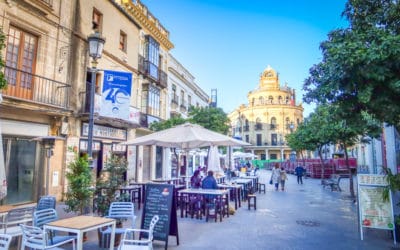


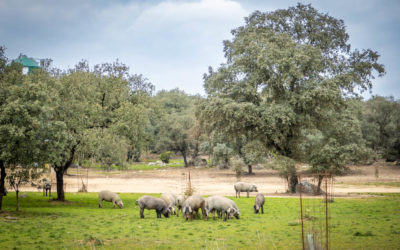
Seville looks like such a stunning city! I’d love to check out those stunning gardens and dine at the delicious restaurant you recommended 🙂
Seville is *amazing*! I can’t recommend it enough 🙂
I would love to experience the 360 degree views of the entire city. Las Setas’ architecture fascinated me. I bet it is one of the best places to watch the sunset in Seville.
Las Setas is certainly a very unique experience. I’ve never seen anything like it. And yes it is a *great* place to catch the sunset.
What an awesome Seville Itinerary! Italica really stands out for me, looks really fascinating
Thanks Katy! Italica was one of my favorite places too 🙂
I was supposed to visit Seville for my 50th, but Covid happened. Love all your recommendations, lots of places to add to my list
Oh bummer. COVID messed up all our travel plans. Hope you make it there soon.
Incredible post – been here and never got to see half of what you suggest. Love your photos too! Have saved for a future trip 🙂
Thanks Amina! Seville is such an amazing city. I hope you get a chance to return someday ☺ï¸
Seville looks just gorgeous! It’s been on my list to see, and now I’m motivated to see it sooner. You have a 3-day trip here. Thanks so much for sharing helpful tips.
You are very welcome, Erin!